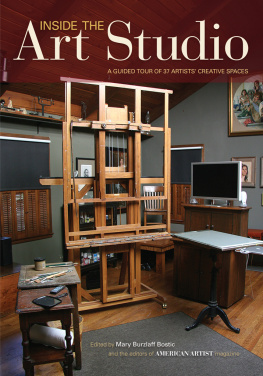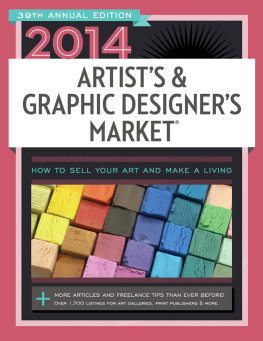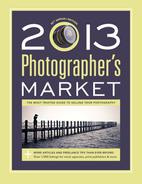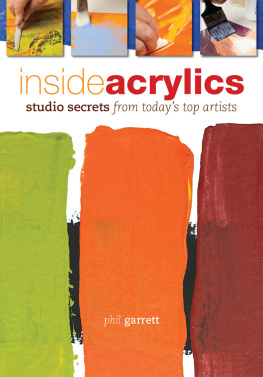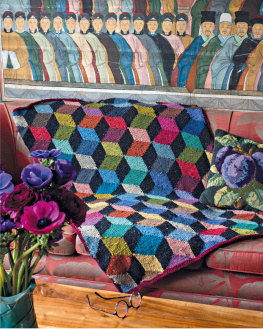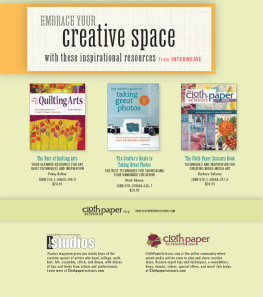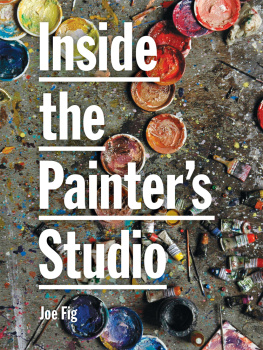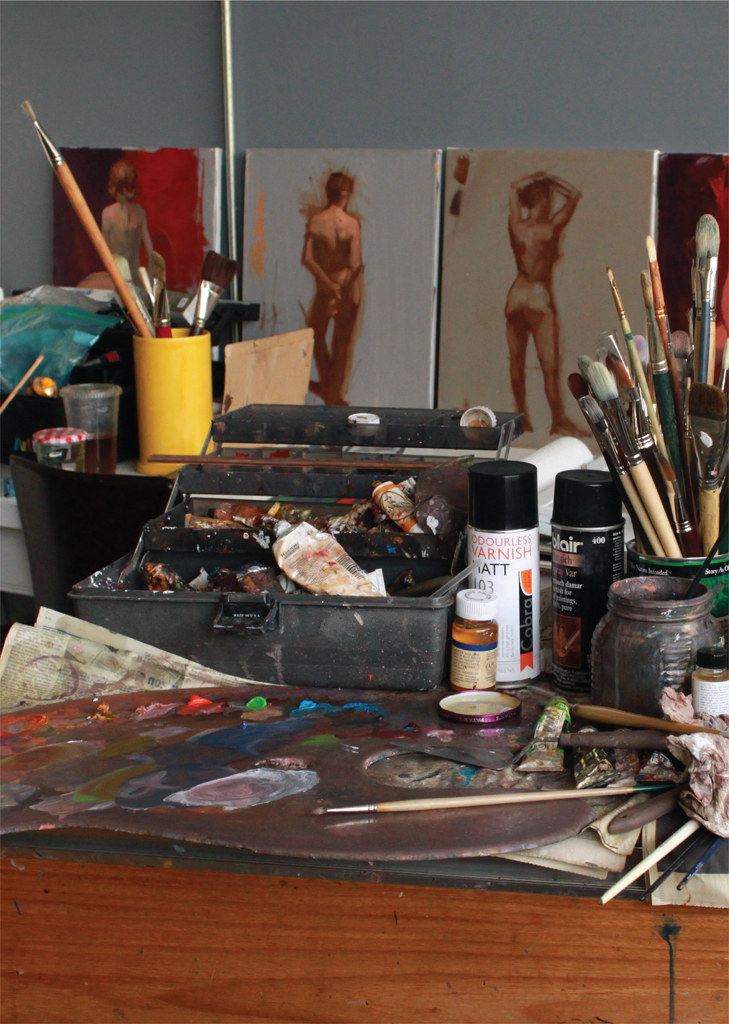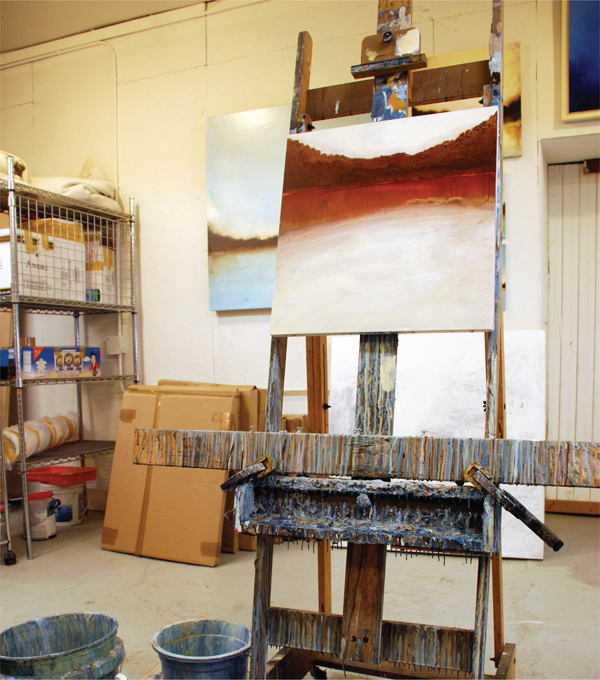Thank you for purchasing this Artist Network eBook.
Sign up for our newsletter and receive special offers, access to free content, and information on the latest new releases and must-have art resources! Plus, receive a coupon code to use on your first purchase from NorthLightShop.com for signing up.
or visit us online to sign up at
http://artistsnetwork.com/ebook-promo
Contents
CHAPTER ONE
CHAPTER TWO
CHAPTER THREE
CHAPTER FOUR
Introduction
Call me curious or just plain nosy, but I love touring artists studios. Messy or tidy, large or small, old or new, converted or built to specification, the places where creative ideas are born and executed are fascinating. How does the magic happen? Can you see the influence of the space or location on the artists work? Im willing to bet that you like looking at other artists studios just as much as I do, so Im excited to share this exclusive look at thirty-seven artists work spaces.
Culled from American Artists popular Studios series, Inside the Art Studio takes you inside the private studios of successful artists around the country and shows how these artists adapted existing spaces, added storage units, made the environments safer, designed work space to accommodate students or collectors, maximized a limited budget, or fulfilled their dreams. The featured artists unconditional commitment to their studios, their artwork, and their lives and loved ones can serve as guideposts. Their experiences suggest numerous paths open to any artist wishing to further develop his or her creative life, both in and out of the studio.
Be inspired and enjoy!
Mary Burzlaff Bostic
CHAPTER ONE
Pride of Place
Fortunately art is a community efforta small but select community living in a spiritualized world endeavoring to interpret the wars and the solitudes of the flesh.
Allen Ginsberg
Babette Bloch, Kathy Anderson, and Marc Mellon near their studios in Redding, Connecticut.
Beacon of Opportunity
Richard Bruce has used the same Winsor & Newton easel for years, taking it with him through West Virginia, New York City, and now Peekskill, New York.
Before the Dia Art Foundation opened its museum in 2003, Beacon, New York, was a blue-collar city living in the shadow of its former boomtown days. Like so many Hudson Valley communities, empty warehouses and abandoned factories punctuated the string of boarded-up shops along Main Street. Over the last decade, the empty houses and vacant factories transformed into studios, galleries, cafs, and remodeled homes for upstart families as artists from New York City and beyond followed Dia to Beacon, bringing a surge of enlivened talent with them. The city was reborn, and the former high schoolbuilt in 1913 and serving the district until 2002became a haven for artists looking for inexpensive studio space. Classrooms once lined with desks were now stocked with easels, canvases, and paints. Lofty rows of windows provided an abundance of natural light. And, perhaps most important, the hallways were again full of life and a sense of community.

Serving as the high school for Beacon, New York, residents since 1913, artists have utilized the classrooms as studio space since the school closed in 2002.
Unfortunately, just three years after its rebirth, the schools mortgage defaulted. The district graciously allowed resident artists to maintain their studios while the building sat on the market, but as January 2011 ushered in a new year and a new owner, artists began bracing themselves for the unknown. Grand designs for refurbished studios and gallery spaces were announced, but nothing seemed to come from it, says Rick Price, a Beacon resident and artist who currently maintains one of the last occupied studios in the former high school. The rent went up and people got scared. Almost everyone bolted. Price has tentative plans to join Mill Street Loft, a multi-arts community educational center opening on the banks of the Hudson River, just a short walk from the train station. Although Price is excited about the new opportunity, getting over the loss of the high school hasnt been easy.
Its definitely a transition period, he says. It will be great to be in a place where I can interact with the community, but I feel we had something really special here in the high schoolor at least the potential for something special. Frustrated by the realization that he would have to leave his studio, he took the advice of fellow Beacon artist Winston Roeth, who suggested that he use this as an opportunity to change your life for the better. Price is trying to do just that, but the move will not be easy. His cozy studio is in one of the schools small conference rooms, but it is chock-full of artwork, supplies, and creature comforts, including audiobooks, CDs, and inspirational prints that line the walls. Two easels anchor his studio, and Price surrounds himself with a forest of Robert Simmons Signet Bristles (flat, filbert, and bright) and Blick Masterstroke Bristle (filberts), with a handful of Isabey and Raphal brushes mixed in. He swears by Nova Color Artists Acrylic Paint and uses a large rectangle of transparent acrylic glass for his palette, which rests atop a wooden podium forever smeared with the remnants of former mixes and hues.

Price uses a large piece of Plexiglas for a palette, creating a playground of color experimentation.
The small size of his studio belies the scale of the artists work. Price is an acclaimed muralist, and a great deal of his paintings are done outside the studio. Two local muralsthe River Beacons Mural and the Howland Library Muralare beautiful, colorful testaments to how much Price values the Beacon community, and how much the community values its artists. Artists have been welcomed with open arms, and as many of them scramble to locate new studio space, they are finding a variety of choices available to them. Many artists are turning outbuildings and spare rooms in their homes into studios, Price says. Some have found those studios too close to home for their comfort and have discussed swapping spaces with each other.

